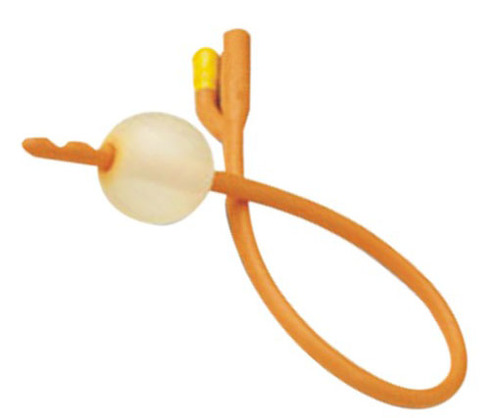A catheter is an inconvenient and uncomfortable necessity for many people who are no longer able to urinate on their own. Regardless of if this is because of surgery, a complication or any kind of medical procedure, the use of a catheter is an important and vital step to ensuring patient health. Proper catheter use and care is designed to keep the body healthy and cleansed of toxins and pollutants that could seriously harm or kill a patient. Understanding the types of catheters available and the catheter field is important to any patient who may soon be using a catheter regularly!
The Foley Balloon Catheter manufacturer is the first and most commonly employed type of catheter. With a balloon attached to the tip of the catheter filled with sterile water this type of catheter is able to maintain function without any external assistance. The catheter normally comes in sizes 5 cc and 30 cc to suit each unique patient and come in a variety of materials that make it ideal for most situations.

Unlike the Foley Catheter, the Robinson Catheter is designed specifically for short-term, immediate drainage. This catheter does not have a method of maintaining function without being held in place and maintained during use. For this reason the catheter is ideal only for draining immediate fluids or in intervals and cannot be left in place.
For some highly specific situations an irrigation catheter may be called for. This kind of catheter is designed to cycle irrigation fluid through the bladder as a method cleansing sediment or other pollutants out of the body while draining them simultaneously through a catheter system. This system is routinely employed only when the cleansing of the bladder is of the utmost importance and needs to be facilitated more vigorously.

Almost all modern catheters are based on the French Catheter Scale and are most commonly produced in sizes 10 F (3.3mm) or 28F (9.3mm) to suit most patient’s needs. However catheters may be customized to come in a wide variety of other sizes as is needed by each particular patient. Larger catheters are often made to accommodate patients who have large amounts of blood or sediment in their system that may require larger passage.
It’s important to note that in many cases, the long-term use of a catheter comes with some risks. Extended use of a catheter system may cause urinary tract infections and in some more extreme case medical complications. Additionally, it should be noted that catheters are available in a variety of materials each with their own texture and pros and cons. Finding the one that suits a patient best is convenient and highly important if the patient has allergies or irritable skin.
Taking proper hygienic measures with catheter use and caring for catheter supplies can reduce the likelihood of a patient developing a dangerous infection. Cleaning your catheter supplies regularly and cleansing the area routinely exposed during insertion and removal is very important to maintaining patient health and welfare.